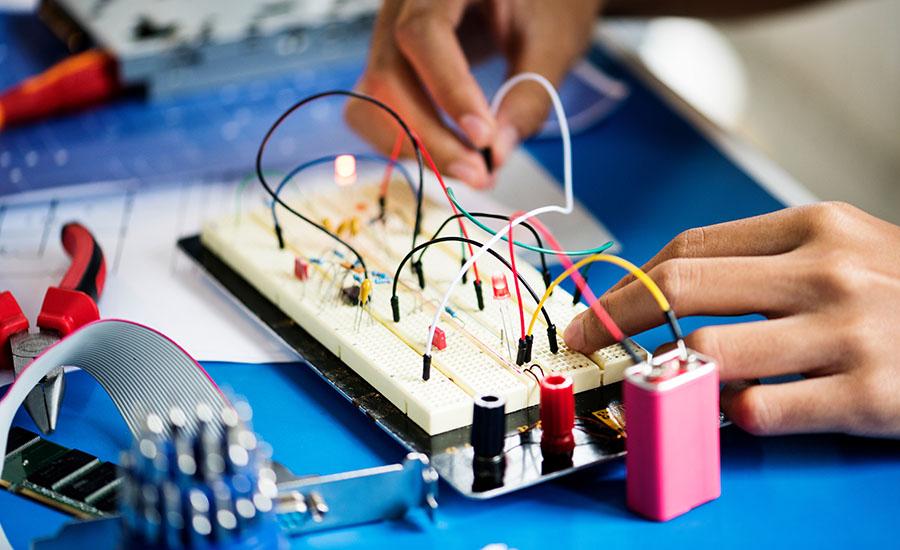
Get Inspired w/ Arduino
by Matthew Chicci
During this lesson, the students are going to simulate the flow of electricity using positive and negative charges drawn on pieces of paper that they will pass around in circles. Instead of passing charges on paper sheets, the students can also hold each other’s hands and send a wave around that resembles the flow of current. This way, students will have a stronger connection between each other, and it is also a good way to show that a button is a break in the connections (i.e., two students who are not holding hands).
Lesson Plan Link/URL
https://docs.google.com/presentation/d/1wgyl62NcW2-i8ob6CeYpkBEAf7ybbG6N3-u0WeJ…Related Content

Grades:
9th Grade, 10th Grade, 11th Grade, 12th Grade
This is the third lesson in a series of four lessons on building a robotic rover with the BBC micro:bit. In this lesson, students will design, model, and 3D print a chassis for a micro:bit rover.

Grades:
9th Grade, 10th Grade, 11th Grade, 12th Grade
In this lesson plan, high school students will explore the concepts of AC and DC currents through hands-on experimentation. The lesson begins with a brief discussion on the fundamentals of alternating

Grades:
9th Grade, 10th Grade, 11th Grade, 12th Grade
Description: Students will use Google’s TeachableMachine website to create an artificial intelligence image recognition model that recognizes various facial emotions (~4 facial expressions), such as